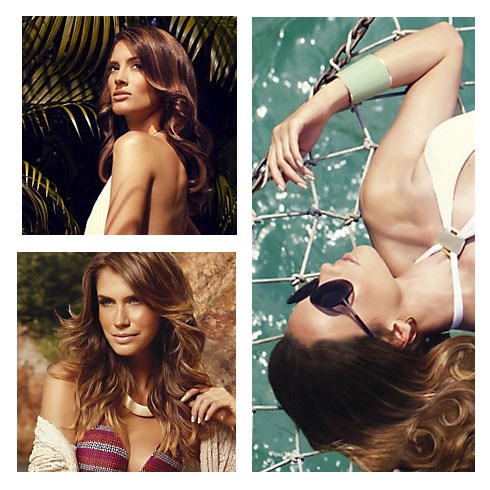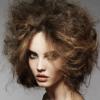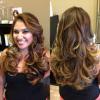The color strategy of balayage has spread like wildfire through the U.S. as a must-have at top salons in the course of the country. Originating in France, the French coloring technique was developed inside the 1970s and the colour is applied using freehand in preference to by means of cap highlighting or traditional foiling techniques. The technique allows the colour to offer their clients natural looking highlights that do not leave a fantastic line of demarcation, so the grow out process looks more natural.
“Not all salons offer traditional French balayage, leaving many ladies exiting salons thinking they got the “real deal”– but didn’t,” says Chicago’s Maxine Salon, Josh Shores. Here, he offers MODERN five things about balayage you’ve got not known before. Here’s to teaching your clients the reality behind the service!
 The 2013 L’Oreal Professionnel Balayage Hair Collection
The 2013 L’Oreal Professionnel Balayage Hair Collection
#1. The definition of balayage itself is a French word meaning scanning or sweeping.
#2. True French balayage will not be done using any foil or meche strips (that is often done within the US and called balayage).
#3. French balayage may be painted vertically, keeping the colour only at the top of the hair strand, then layering extensive at the ends. Never should or not it’s brushed or pushed down the hair!
#4. French balayage is a highlighting technique, not a colour or shade.
#5. Real French balayage must always feel and look natural; a sleek messy even. Imperfection is vital. It’s the European finesse of the French, and being “cool” without trying.
For additional information about Maxine Salon, visit www.maxinesalon.com.




